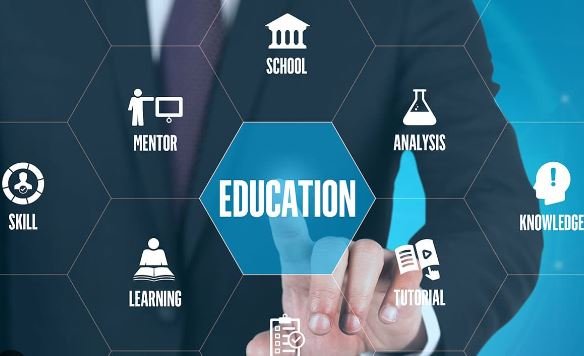Introduction
Education technology, or edtech, has become an integral part of modern education. It offers innovative tools and platforms that enhance teaching and learning experiences. While academics recognize the value of edtech, there is also a growing sense of fatigue surrounding its implementation and use in classrooms. In this blog post, we will explore the reasons behind this weariness and discuss how to address it.
The Value of EdTech
Edtech has revolutionized the way we teach and learn. It provides educators with a wide range of resources, from interactive whiteboards to online learning platforms, that engage students and facilitate their understanding of complex concepts. Additionally, edtech allows for personalized learning experiences, catering to individual student needs and promoting self-paced learning.
Furthermore, the integration of technology in the classroom prepares students for the digital world they will enter upon graduation. It equips them with the necessary skills to navigate the ever-evolving technological landscape and encourages critical thinking, problem-solving, and collaboration.
The Fatigue Factor
Despite the numerous benefits of edtech, academics are beginning to feel fatigued by its constant presence in the classroom. The rapid pace of technological advancements means that educators must constantly adapt to new tools and platforms, often without adequate training or support. This can lead to feelings of overwhelm and frustration.
Moreover, the implementation of edtech can sometimes be seen as a distraction from the core curriculum. Teachers may feel pressured to incorporate technology into their lessons, even if it doesn’t align with their teaching style or the needs of their students. This can create a sense of disconnect and hinder the effectiveness of edtech in the classroom.
Addressing the Issue
In order to address the fatigue surrounding edtech, it is crucial to provide educators with the necessary training and support. Professional development programs should be implemented to ensure that teachers are equipped with the skills and knowledge needed to effectively integrate technology into their lessons. This will empower them to make informed decisions about which edtech tools best suit their teaching style and the needs of their students.
Furthermore, it is important to prioritize quality over quantity when it comes to edtech implementation. Instead of bombarding teachers with a myriad of tools and platforms, focus should be placed on a select few that have proven to be effective and user-friendly. This will help alleviate the feeling of overwhelm and allow educators to fully explore the potential of the chosen edtech resources.
Collaboration between educators and edtech developers is also key in addressing the fatigue factor. By involving teachers in the design and development process, edtech can be tailored to meet the specific needs of the classroom. This collaboration will also foster a sense of ownership and investment in the technology, leading to increased engagement and effectiveness.
Conclusion
While academics recognize the value of edtech in education, there is a growing sense of fatigue surrounding its implementation. By providing adequate training and support, prioritizing quality over quantity, and fostering collaboration between educators and edtech developers, this weariness can be addressed. Edtech has the potential to revolutionize education, but it is important to ensure that its integration is thoughtful, purposeful, and sustainable.







